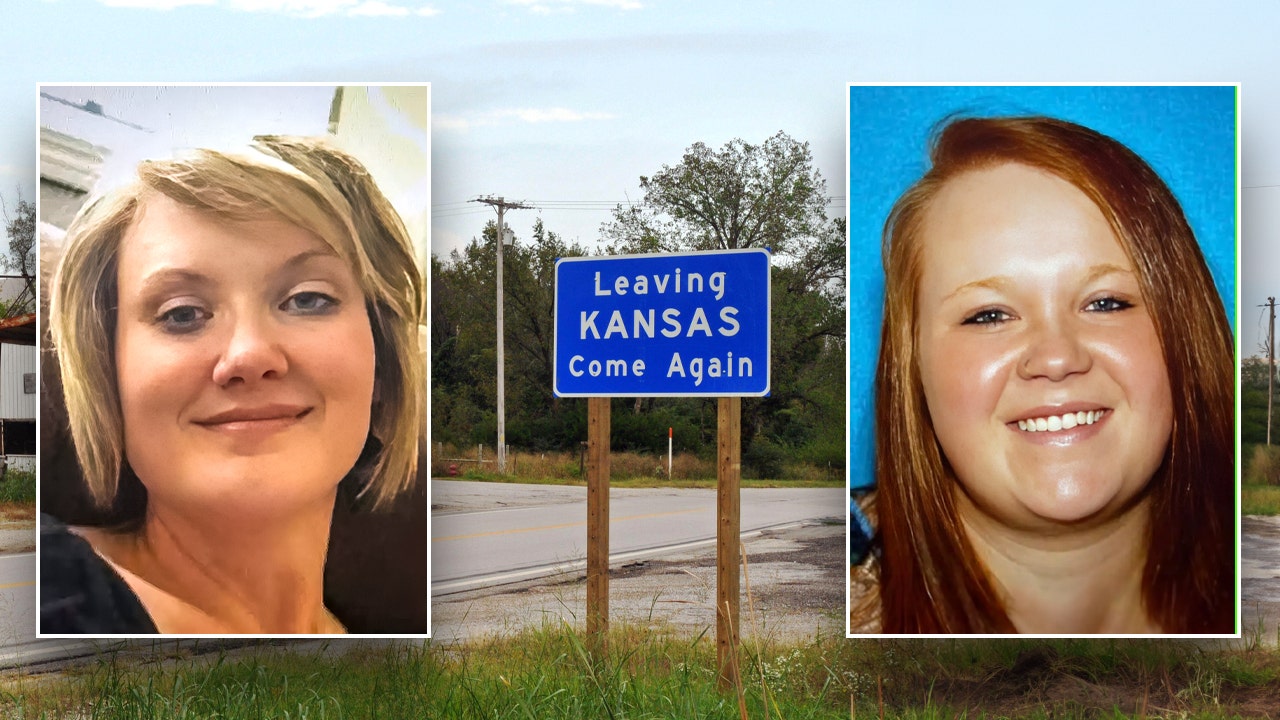Whether it's a friendly smiley face or a cheeky aubergine, emoji now form a staple part of many of our day-to-day conversations.
Now, the draft emoji list for 2025/2026 has been revealed - and it suggests emoji-lovers could soon have several new characters to play with.
Unicode has proposed a total of 164 new emoji - including nine brand new characters.
Users will be able to use a 'distorted face', with huge, bug-like eyes, flushed cheeks, and raised eyebrows.
You'll also get access to a 'hairy creature', which appears to have been inspired by Bigfoot.
While the new emoji will still need to be approved, they've already drummed up huge interest on X (formerly Twitter).
'Big foot would be dope,' one user wrote, while another added: 'gonna need that bigfoot'.
And one joked: 'oh the distorted face is gonna be my most used emoji fo sho.'
Unicode has proposed a total of 164 new emoji - including nine brand new characters
Alongside the names of the new emoji, the Emoji Subcommittee has provided samples of what they'll look like.
The 'distorted face' features huge, bulging eyes, raised eyebrows, and flushed cheeks, while the 'fight cloud' features stars and squiggles bursting out of a cloud.
The 'ballet dancer' shows a dancer performing an arabesque, while the 'hairy creature' looks just like Bigfoot.
The other characters include an apple core, an orca (killer whale), a trombone, a landslide, and a treasure chest.
However, it could be a while before we finally get them on our smartphones.
In a blog announcing the new characters, Emojipedia explained: 'Unicode 17.0 and Emoji 17.0 are expected to be approved in September 2025, so we'll have to wait a while before they are officially recommended.
'Between now and September 2025 there will be several further considerations made by Unicode regarding these draft emoji candidates.
'This means that some of these proposed emojis may not be brought forward for final approval.'
While the new emoji will still need to be approved, they've already drummed up huge interest on X (formerly Twitter)
Despite the wait, several users have taken to X to discuss their excitement at the new characters.
'I like the ballet dancer,' one user said, while another added: 'I appreciate big foot.'
One user wrote: 'Distorted face and apple core are dope.'
And another joked: 'I live on west coast, so orca is needed.
'Love distorted face too, could be useful as a response to some of the political takes on this app.'
ARE EMOJIS RUINING THE ENGLISH LANGUAGE?
Emojis may be a fun form of communication but they are destroying the English language, a recent study by Google has revealed.
Smiley faces, love hearts, thumbs up and other cartoon icons - rather than words - are the preferred method of communication by teenagers, who are considered the worst offenders regarding the decline in grammar and punctuation.
More than a third of British adults believe emojis are the reason for the deterioration in proper language usage, according to the study commissioned by the Google-owned site YouTube.
Emojis were first used by Japanese mobile phone companies in the late 1990s to express an emotion, concept or message in a simple, graphic way. Now, Twitter feeds, text messages and Facebook posts are crammed with them
Of the two thousand adults, aged 16 to 65, who were asked their views, 94 per cent reckoned English was in a state of decline, with 80 per cent citing youngsters as the worst offenders.
The most common errors made by Brits are spelling mistakes (21 per cent), followed closely by apostrophe placement (16 per cent) and the misuse of a comma (16 per cent).
More than half of British adults are not confident with their command of spelling and grammar, the study also found.
Furthermore, around three-quarters of adults rely on emoji to communicate, in addition to a dependence on predictive text and spell checking.
The use of emojis has seeped into our culture to such an extent that the Oxford Dictionary's 'Word of the Year' in 2015 wasn't actually a word at all - it was the Face With Tears emoji, which shows just how influential the little graphic images have become.
They were first used by Japanese mobile phone companies in the late 1990s to express an emotion, concept or message in a simple, graphic way.

 By Daily Mail (U.S.) | Created at 2024-11-15 14:59:14 | Updated at 2024-11-22 09:22:57
6 days ago
By Daily Mail (U.S.) | Created at 2024-11-15 14:59:14 | Updated at 2024-11-22 09:22:57
6 days ago








